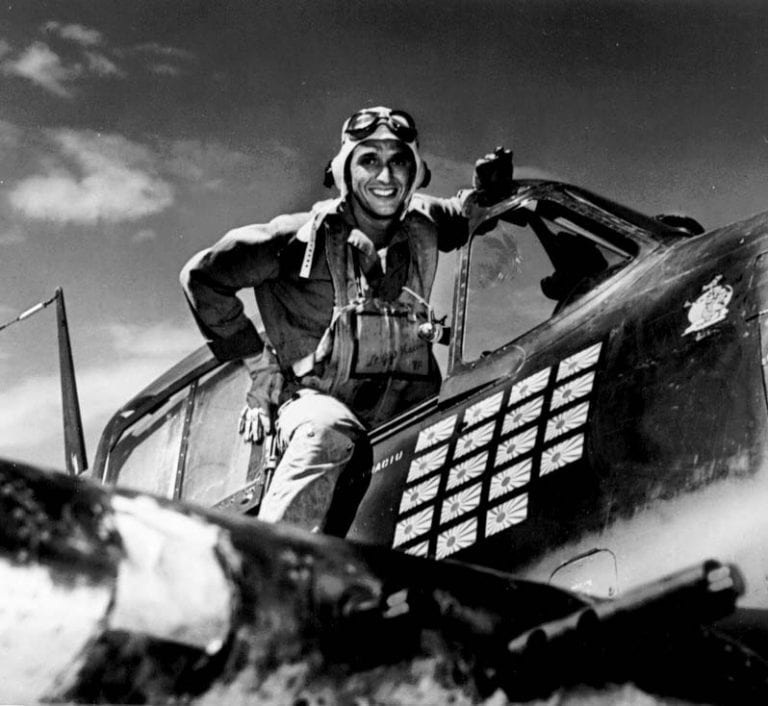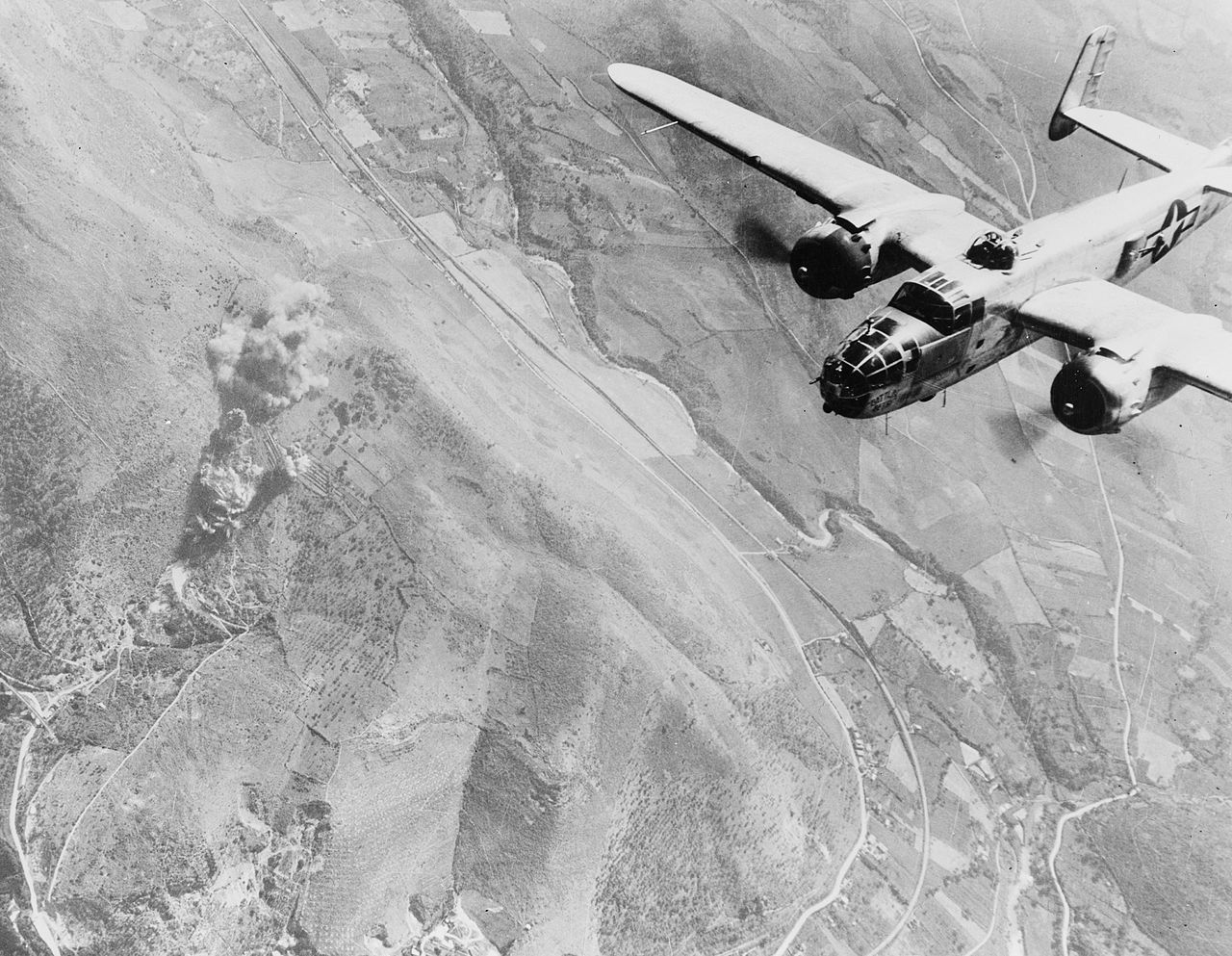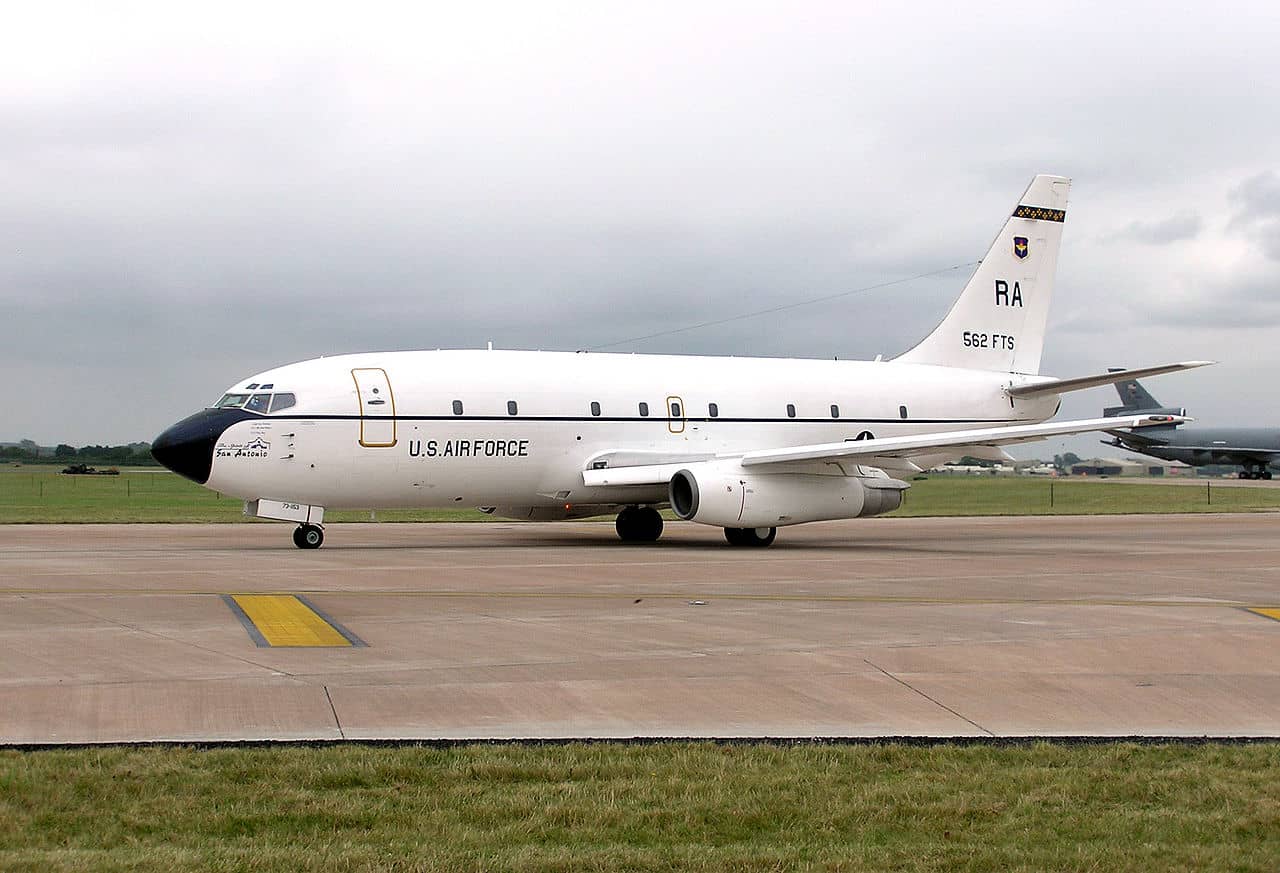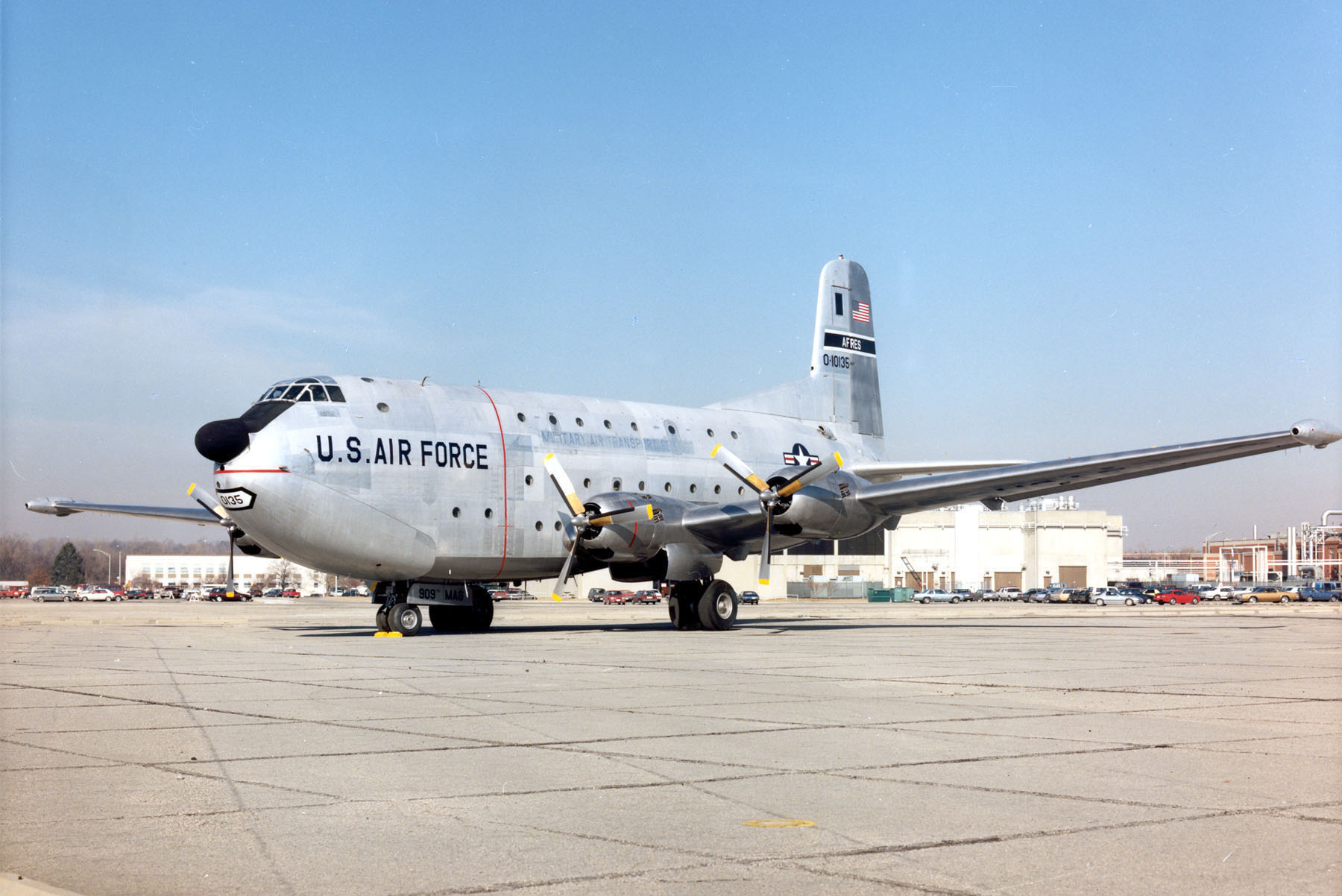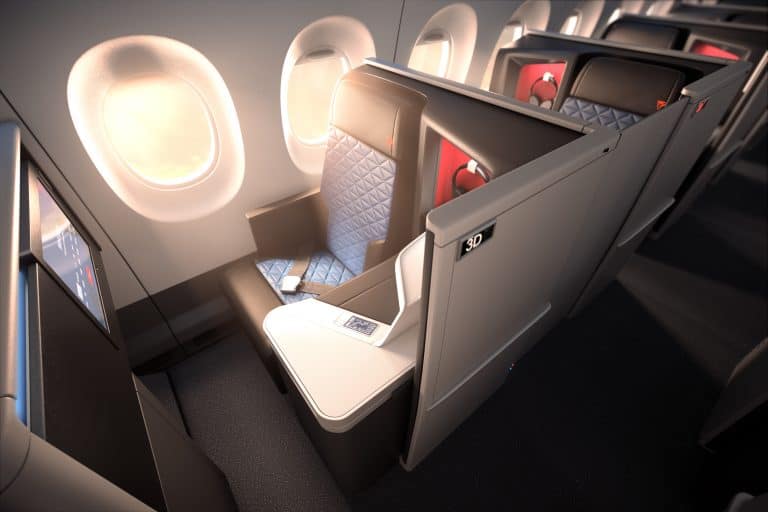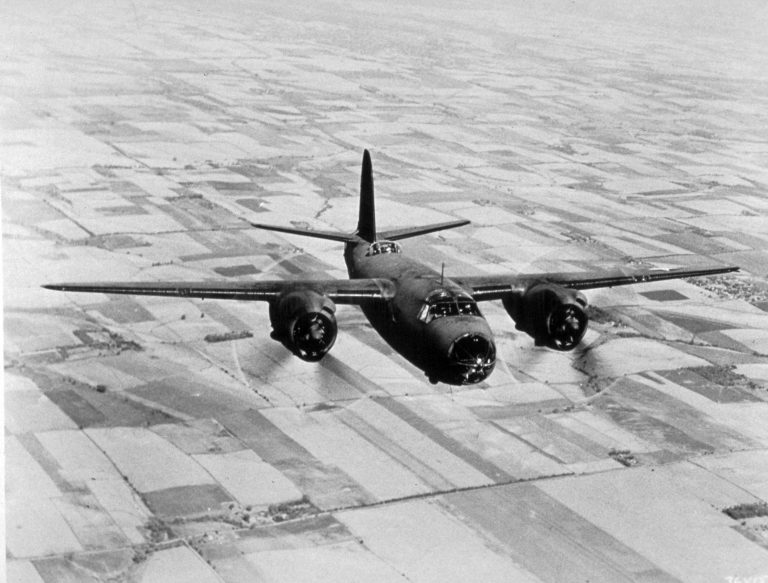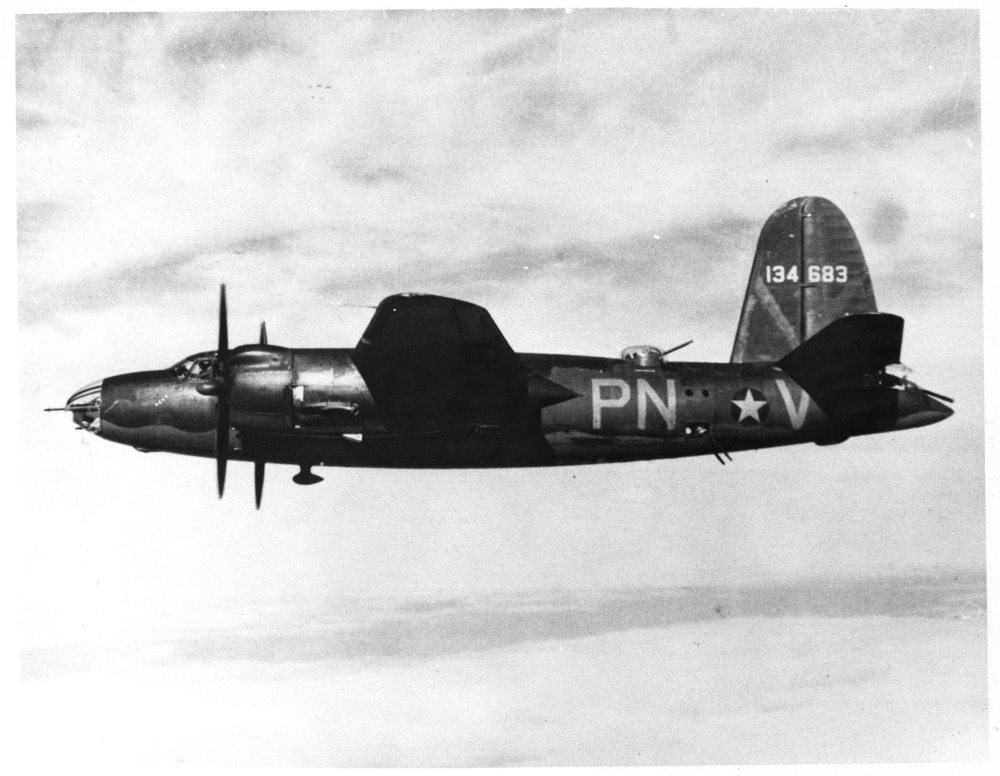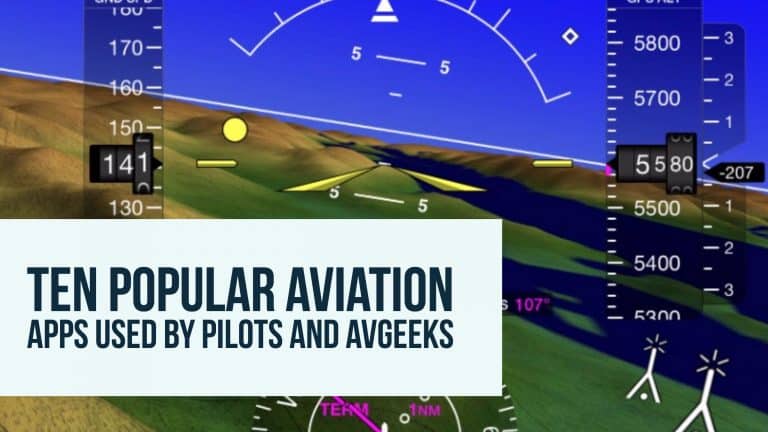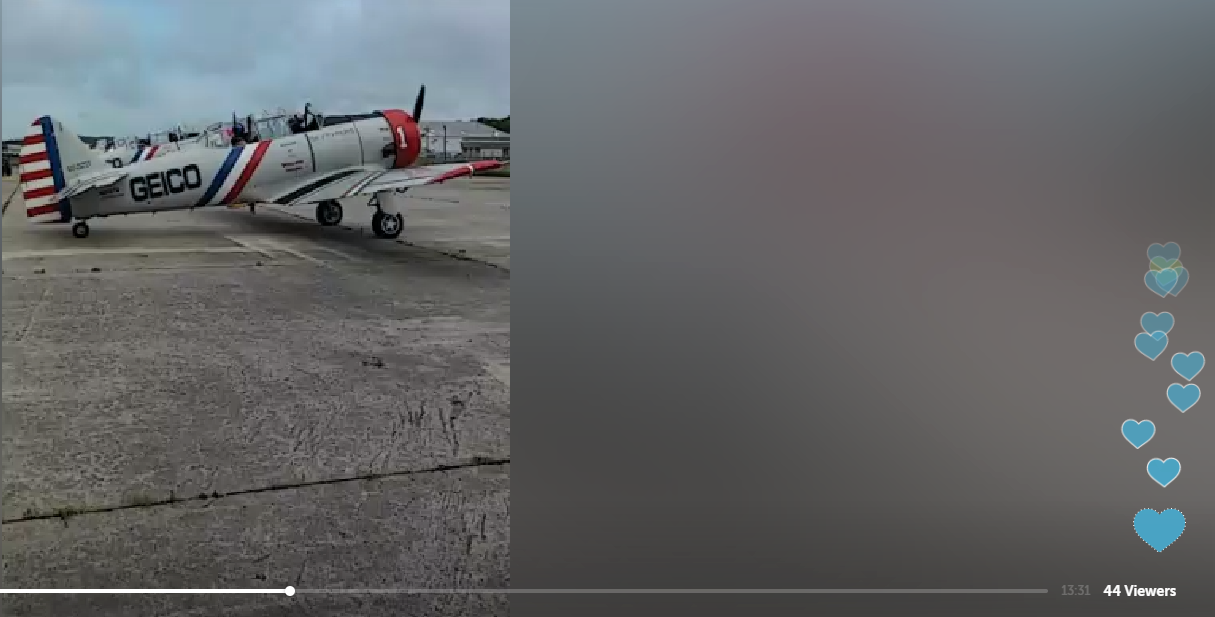Hellcat Pilots Routinely Savaged Their Japanese Opposition, But This Ace Was a Sharpshooter
Alexander Vraciu was born in East Chicago in Indiana on November 2nd 1918. His parents, Alexandru and Maria Tincu, were both immigrants from the Transylvania region of Romania. The family actually visited their ancestral home when Alex was a youngster but returned to East Chicago so Alex could continue his education. He graduated from Washington High School in 1937. Alex then attended DePauw University near Indianapolis, graduating with a degree in sociology in 1940. An avid athlete, Vraciu also earned his private pilot license through the Civilian Pilot Training Program (CPTP). Vraciu’s naval career began when he enlisted in the United States Naval Reserve (USNR) as a naval aviator on October 9th 1941.
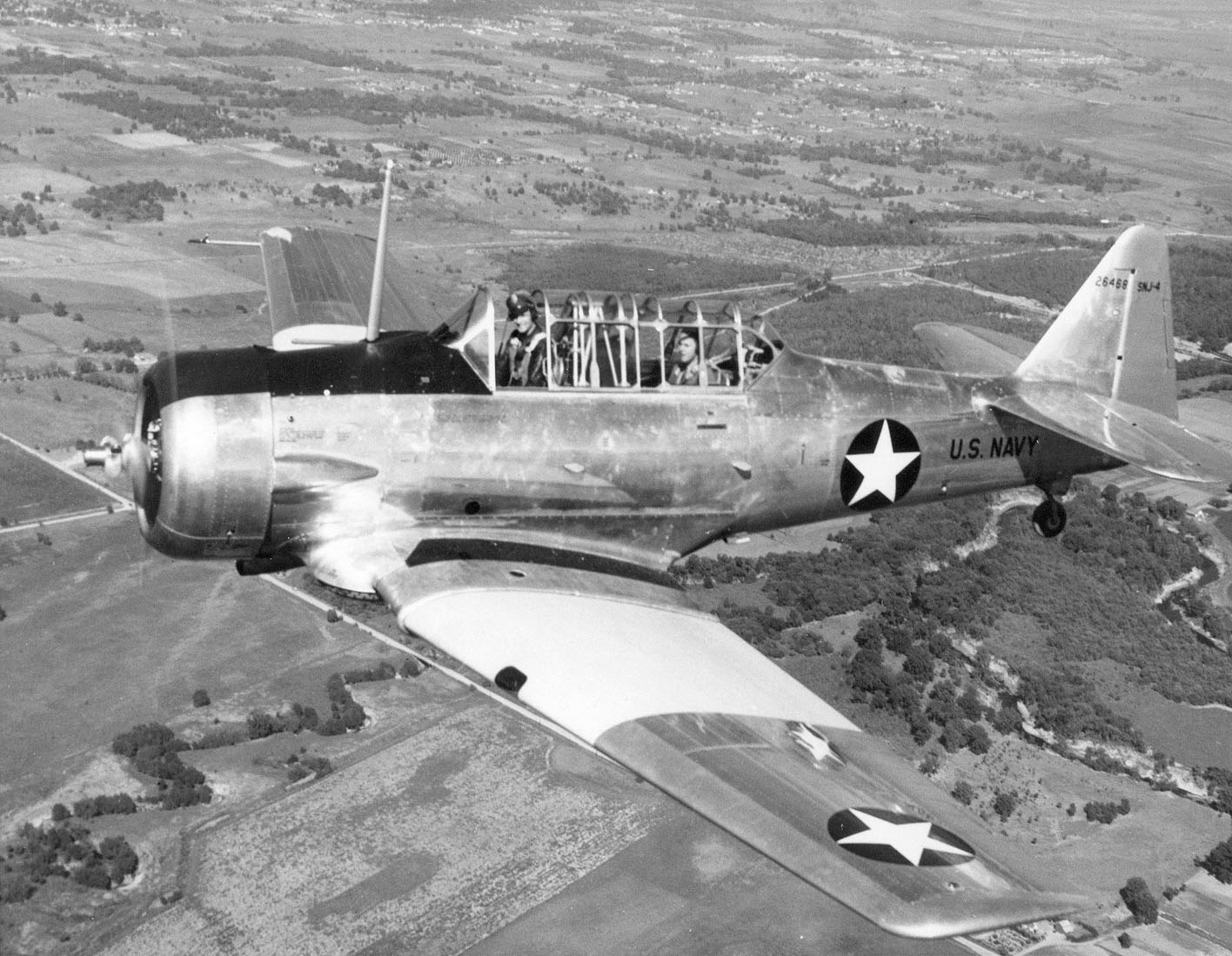
Nearly Haze Gray and Underway
Vraciu’s path to the fleet began at Naval Air Station (NAS) Glenview near Chicago, where his first exposure to naval aviation occurred. He then passed through NAS Dallas in Texas before his flight training began in earnest at NAS Corpus Christi. However, Vraciu very nearly didn’t become a naval aviator. Alex was responsible for heavy damage to a North American SNJ Texan trainer. He retracted the trainer’s landing gear during rollout after landing. At his Accident Board, five flight instructors judged him to be a below average flight student and went on record as being dubious about Vraciu’s ability to successfully complete flight training. The instructors voted 3 to 2 in favor of washing Vraciu out of the program entirely.
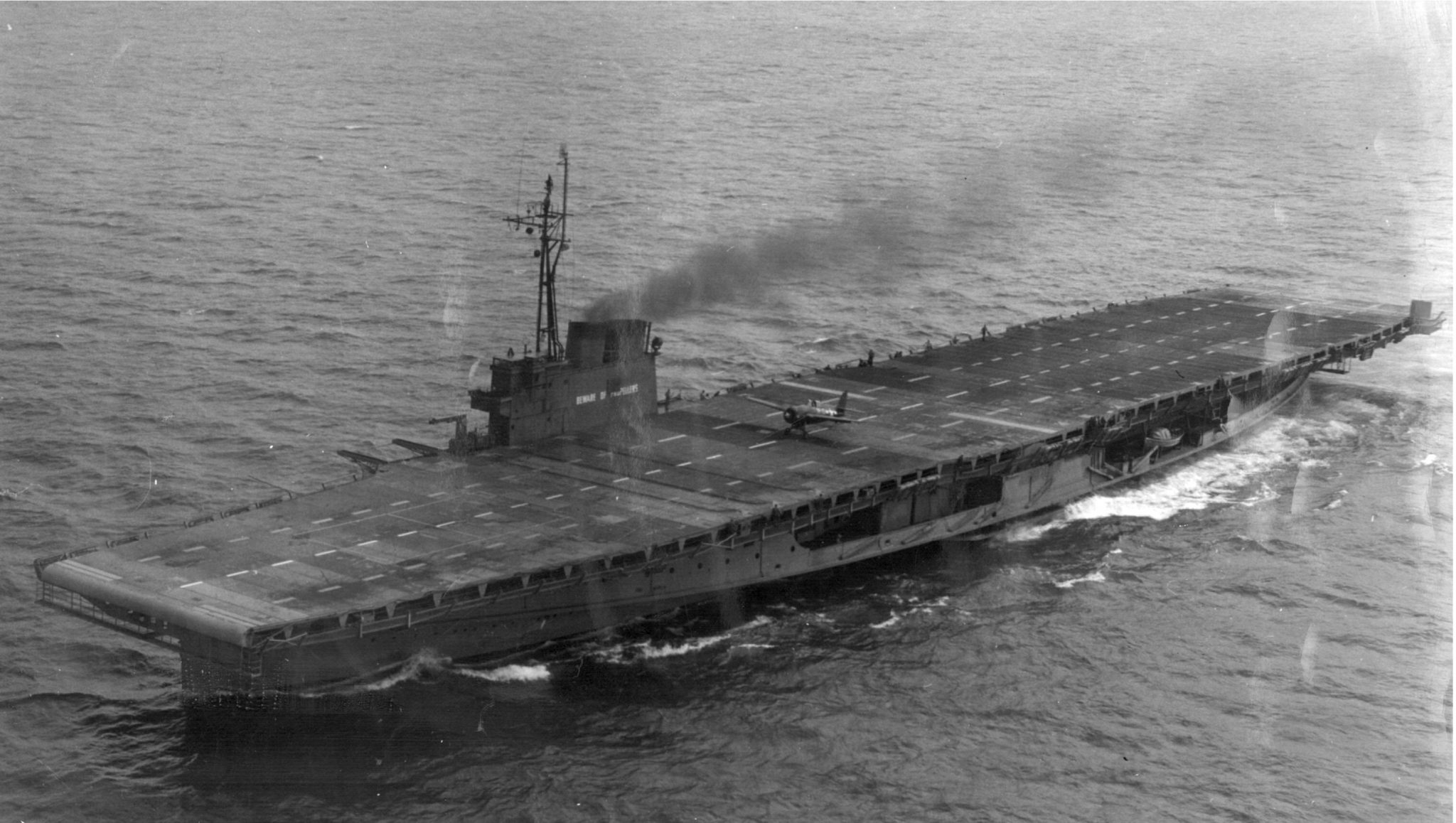
Wings of Gold and Flying With Butch
Obviously the Review Board saw something in Vraciu because they reversed the instructors’ recommendation. Vraciu continued in training, completing his initial carrier qualification aboard the training carrier USS Wolverine (IX-64) on Lake Michigan. He received his commission as an ensign and his naval aviator’s wings in August of 1942. From there, Vraciu received additional training in San Diego and Pu’unene Naval Air Station on Maui in Hawaii along the way to war in the Pacific. His first squadron assignment was with Fighting Squadron 3 (VF-3) Felix the Cat where Vraciu was fortunate enough to become Lieutenant Commander Edward “Butch” O’Hare’s wingman.

Do They Count When They’re on the Ground?
Flying from the light carrier USS Independence (CVL-22) during the October 1943 carrier raids on Wake Island, Vraciu scored his first victories, a Mitsubishi A6M Zero fighter and a G4M Betty bomber, although only the Zero was scored as an aerial victory because the Betty was on the ground at the time. Vraciu’s next air-to-air victory occurred during operations in support of Operation GALVANIC in the Gilbert Islands. He shot down a G4M Betty that was attempting to attack the carriers supporting the landings on Tarawa on November 20th 1943. But another Betty succeeded in putting a torpedo into Vraciu’s carrier. As a result, Vraciu and his squadron transferred first to the USS Essex (CV-9), and later to the USS Intrepid (CV-11).

Sticking Around for the Turkey Shoot
Flying from the Intrepid on January 29th 1944 Vraciu became an ace when he shot down three Betty bombers. Then on February 17th 1944 he shot down three Zeros and a Nakajima A6M2-N Rufe floatplane during Operation HAILSTONE, the strikes by Task Force 58 on the Japanese stronghold of Truk. With nine victories to his name, he became and remained his squadron’s leading ace. Rather than rotate back to the States when the Intrepid hit Pearl Harbor for repairs, Vraciu transferred to VF-16 Fighting Airedales aboard USS Lexington (CV-16) on February 27th 1944. It was from the Lexington that Vraciu would be involved in the First Battle of the Philippine Sea, better known as the “Great Marianas Turkey Shoot”.
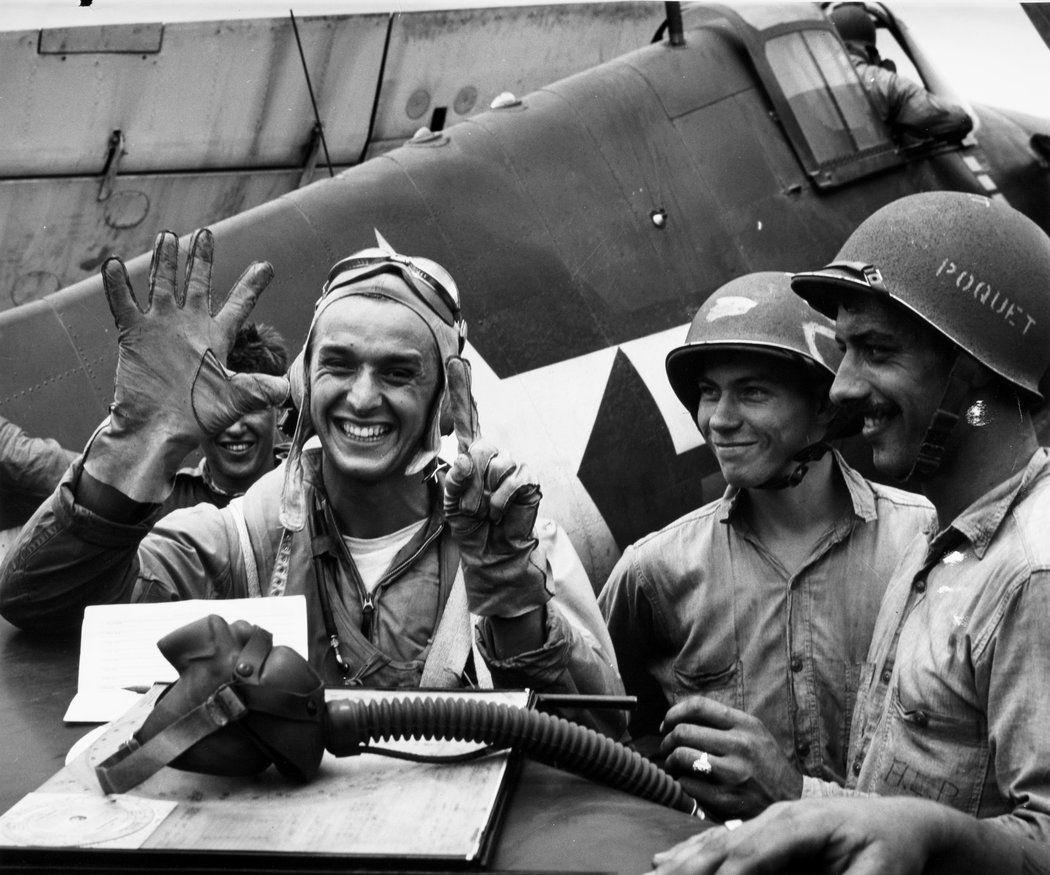
That One Big Day and the Leading Ace
On June 19th 1944, during Operation FORAGER against the Marianas and Palau, Vraciu was flying Combat Air Patrol (CAP) over Task Force 58 when he sighted a large formation of Japanese dive bombers. Even though the supercharger in his Grumman F6F Hellcat was malfunctioning, Vraciu used a total of only 360 rounds of .50 caliber ammunition and eight minutes to shoot down six of the attacking Yokosuka D4Y Judy dive bombers. When Vraciu recovered aboard the Lexington to refuel and rearm, he glanced toward Task Group Commander Admiral Marc “Pete” Mitscher on the carrier’s bridge and held up six fingers to indicate his success. Vraciu’s 19th and last victory came the next day when he shot down another A6M Zero. At that point Alex was the Navy’s top-scoring ace.
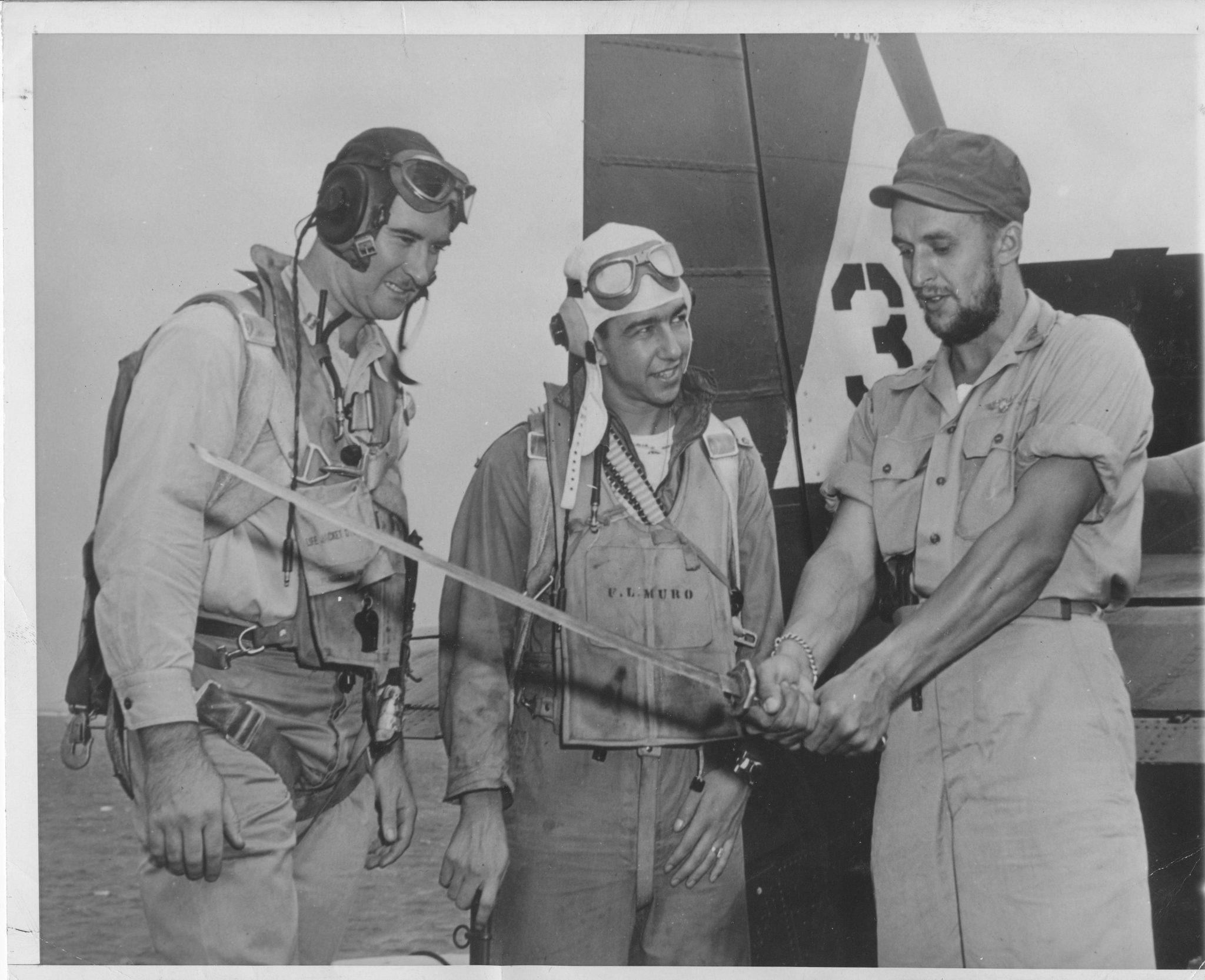
Headed Home and Back to War With Filipino Guerillas
Though nominated for the Medal of Honor pursuant to his role in the Marianas Turkey Shoot, Vraciu instead received the Navy Cross. In August of 1944 he returned to the United States on leave and was promoted to Lieutenant upon his arrival, after which he met and married Kathryn Horn on August 24, 1944. Together they would go on to have five children. Vraciu spent the next few months in the States selling War Bonds and working with Grumman on the F6F and its potential replacements. He made it back to the war in December of 1944, flying with VF-20 and once again aboard the carrier Lexington. Vraciu was forced to bail out of his F6F when it collected ground fire on a December 14th 1944 mission over Luzon. After parachuting safely, Alex was rescued by Filipino guerillas, who gave him the rank of major and command of his own guerilla unit. He returned to the Lexington and flying Hellcats again after five weeks on the ground in Luzon.

Testing the First Jets and a Command Tour
Vraciu’s war ended when in 1945 he was transferred to the Naval Air Test Center at Patuxent River in Maryland. When World War II ended, Vraciu was the Navy’s fourth highest ranking ace- officially credited with 19 aerial victories and 21 aircraft destroyed on the ground. Vraciu was promoted to Lieutenant Commander USNR and remained at Pax River for the next six years as a test pilot, but also worked to form the post-war Naval and Marine Air Reserve programs. Vraciu remained in the Navy for another 11 years. He served as a jet training officer at NAS Los Alamitos in California and attended Naval Postgraduate School in Monterey. Upon graduation from NPS Vraciu was promoted to Commander and given command of VF-51 Screaming Eagles. Proving his marksmanship was still top notch, while flying a VF-51 North American FJ Fury Vraciu won the annual gunnery competition in 1957. His command tour of VF-51 lasted 22 months.
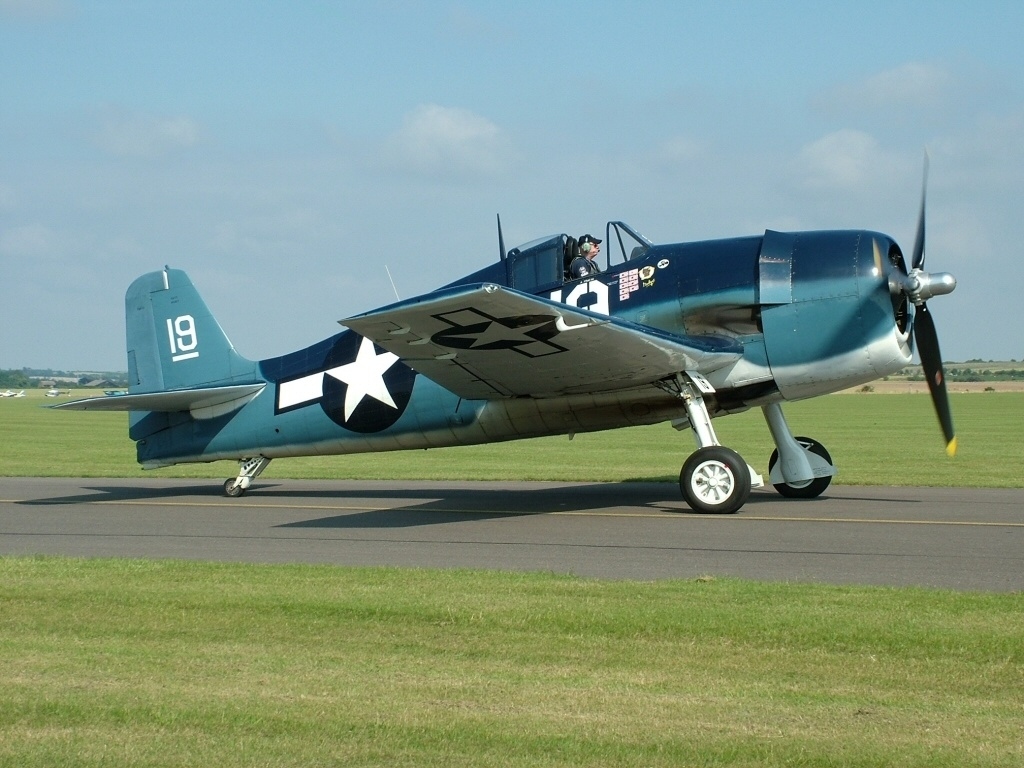
Unparalleled Experiences
Commander Alexander Vraciu’s naval career came to an end in December of 1963 with his retirement. He worked for Wells Fargo bank for many years and did public speaking engagements. His story has been told in the History Channel’s “Dogfights” series in the episode entitled Zero Hunter. Vraciu had been aboard two carriers when they were torpedoed, forced to ditch his Hellcat fighters twice and hit the silk from two more. He even bombed and sank a Japanese Maru. Alex never did write what would certainly have been an interesting autobiography, but he was interviewed for oral history projects at the Indiana Historical Society and at the University of North Texas during his later years. These interviews were eventually compiled into the book Fighter Pilot: The World War II Career of Alex Vraciu by Ray Boomhower. Vraciu passed away in Sacramento in California on January 29th 2015 at the age of 96.
[youtube id=”wq5o2d1Cteg” width=”800″ height=”454″ position=”left”]
Bonus video: Alexander Vraciu is honored by his DePauw University fraternity.
[youtube id=”xw3yV9eXdt4″ width=”800″ height=”454″ position=”left”]

